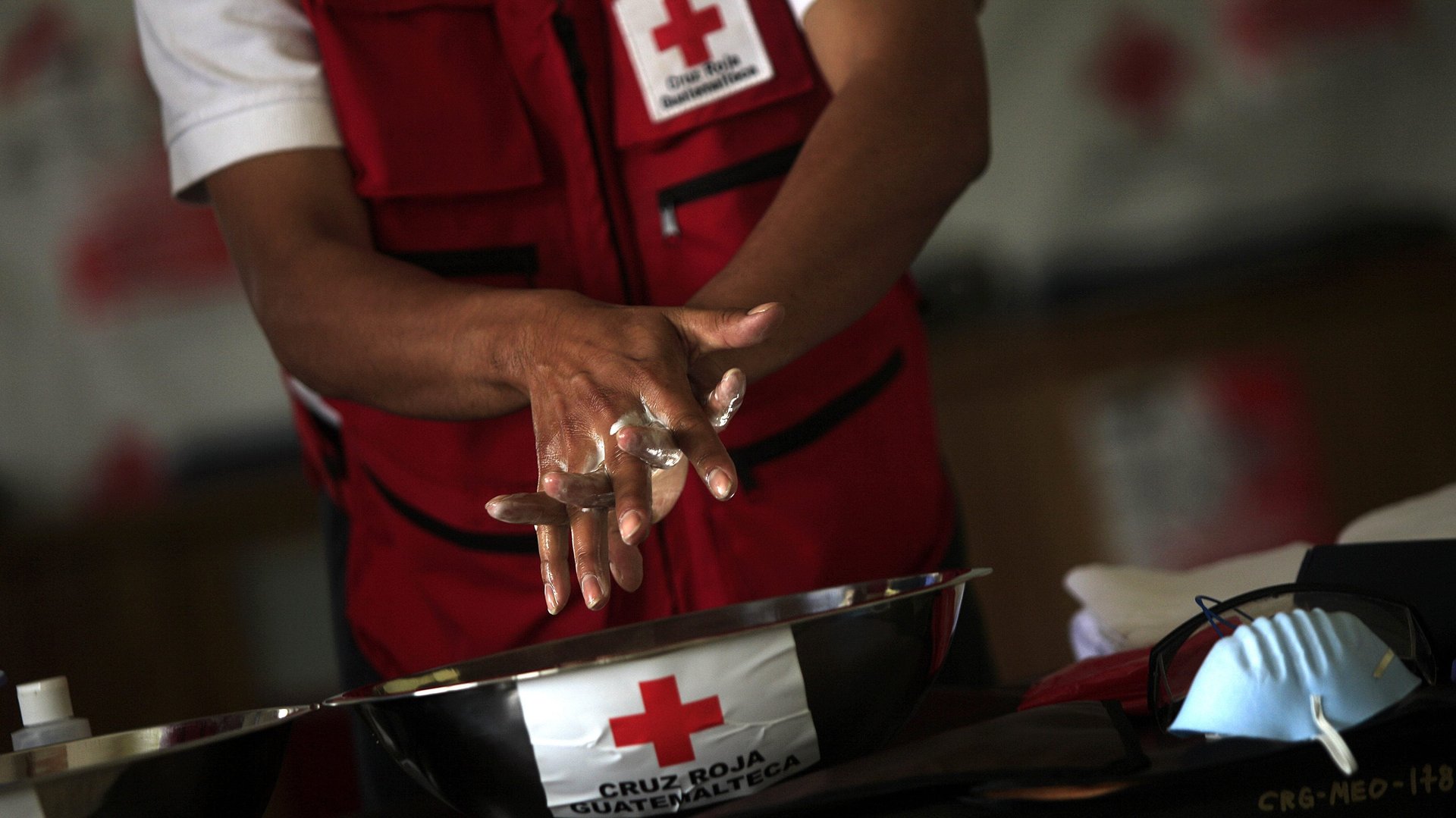History shows the price of removing health mandates
The omicron covid-19 variant is still surging around the world, but while mask mandates have been embraced in Europe and other high-income nations, the US is debating whether to remove them altogether.


The omicron covid-19 variant is still surging around the world, but while mask mandates have been embraced in Europe and other high-income nations, the US is debating whether to remove them altogether.
New York state is the latest to strike down its governor’s mask mandate as unconstitutional and prominent voices, including former Food and Drugs Administration commissioner Scott Gottlieb, advocate removing mask mandates.
With a reduction in new cases of covid-19 and overall conditions improving, continuing to wear masks in public places or schools is just too much of an inconvenience, according to mask-mandate opponents. Further, they argue, keeping restrictions in place after two pandemic years, and mass vaccinations, delays the return of “normal.”
Although this position only represents a minority of Americans, 64% of whom support mask mandates, it is gaining momentum. Those supporting it also cite the claim that certain masks, such as N95 models, are effective at halting the virus, so those who want or need protection—for instance, immunocompromised people—can continue wearing them and be safe without demanding that everyone else does as well.
But while lifting mask mandates could be tempting, it’s a dangerous path to go down on—and history has a clear example of the risks.
A brief history of the hand-washing mandate
The case study is offered by a practice enthusiastically adopted in the early days of the pandemic, but has dropped in popularity since: hand washing.
Until the mid-1800s, hand washing wasn’t as common an occurrence as it is today, even in hospitals. This changed when Ignaz Semmelweis, a Hungarian doctor working in Austria, sought to find the cause behind the high number of new mothers who were contracting puerperal fever. The disease would develop shortly after childbirth even in women who were given professional care in hospitals, and it often killed them.
In the Vienna General Hospital, where Semmelweis worked, puerperal fever was especially common in the maternity ward where male doctors worked. Another ward, where births were attended by midwives, had fewer cases. Semmelweis realized the culprit was hand washing—or the lack thereof. Unlike midwives, doctors would sometimes handle autopsies before deliveries, and not wash their hands in between, transferring germs (although at the time germ theory was yet to be developed) onto the birthing mother.
If it sounds horrific and unhygienic, that’s because it was. But it was also so commonplace that when the hospital introduced mandatory hand washing in 1847, it caused a huge backlash. Although the mandate drastically reduced the number of maternal deaths in the hospital, it was rejected and scorned as unnecessary and inconvenient by other doctors, who refused to wash their hands. Semmelweis lost his job in Vienna, and the hospital removed the hand-washing mandate in 1850.
Childbirth deaths soared again, and it took decades for doctors to start washing their hands thoroughly again—and well over a century until it became a matter of healthcare policy everywhere.
Masks are the new hand washing
There is a clear parallel between the history of hand-washing mandates and that of masks, says Julia Raifman, a Boston University assistant professor and the director of the Covid-19 US State Policy database.
“It really does feel like this is very akin to the anti-handwashing movement, and just as irrational,” she says.
The very debate about getting rid of masks is made possible by the fact that they work. Without the mitigating effect of masks, the number of cases would have been even higher, and the trajectory of the epidemic different. In its absence, it is unlikely we would find ourselves with a manageable amount of hospitalizations and cases.
Dropping the mandates now and letting mask-wearing become a matter of individual choice would be akin to letting hand washing be the choice of the individual physician, says Raifman. Covid-19 is airborne, and requiring everyone to wear a mask in close or crowded places doesn’t just reduce the chance of being exposed to the virus but reduces the quantity of virus in the air, and therefore the potential severity of the infection.
Mask policies could take into account the fact that Americans would prefer not to wear masks all the time and still be effective, for instance by defining the situations—such as crowded places and indoors—or times—during surges, and in specific seasons—when the mandates would apply.
But it is necessary to have a policy. “Just like you don’t want whether your doctor washes their hands to be a matter of individual choice, because it has very big implications for you, you don’t want whether people in a crowded indoor space for several hours are wearing a mask, to be a matter of individual choice,” says Raifman.